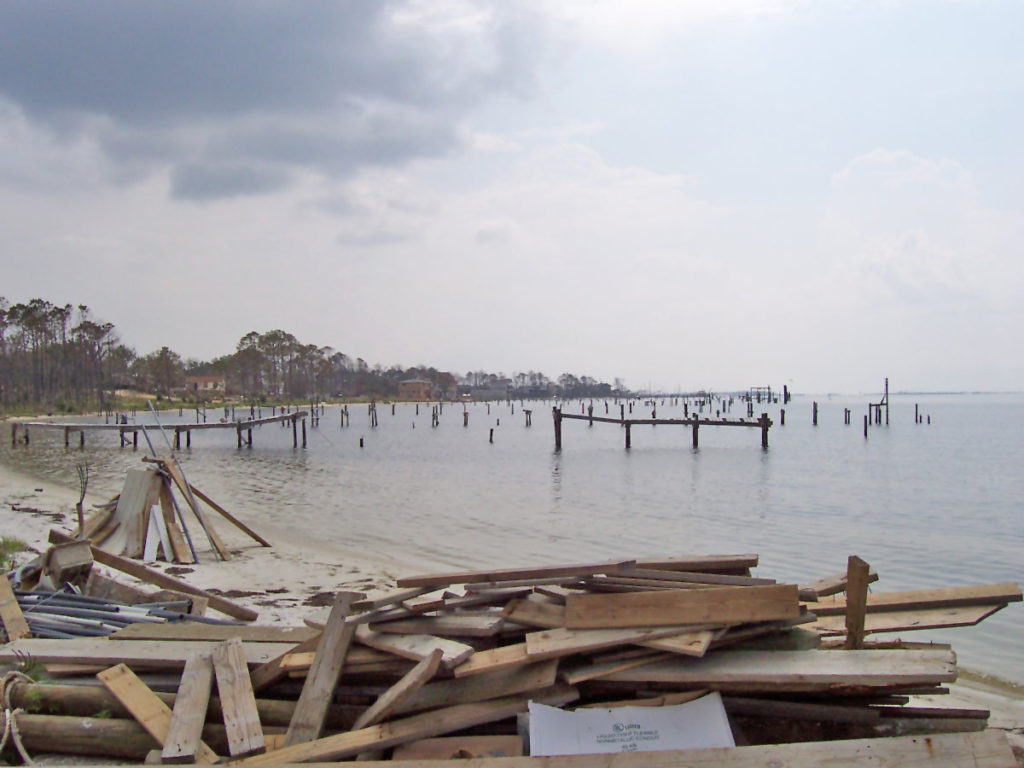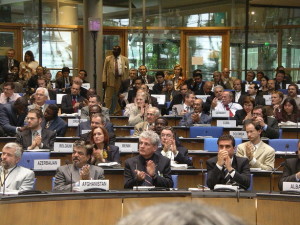Evil Hackers, Unintended Consequences, and the Precautionary Principle
Go watch this short clip from futurist Jamais Cascio in a Fast Company forum. It’s only 2 minutes and 22 seconds (once you get past the ad). Here’s an excerpt:
If you want to find out how to use a new emerging tool, don’t ask the people who invent it, because they have a very narrow view of what it’s supposed to be used for. The people who are hacking it–the people who use it for crime, who use it to have sex, who use it to do something fun or different–those are the people who are going to find out the little interesting variations.
This kind of thinking has been noticeably absent until fairly recently. Look at the early coverage of the Internet of Things, for instance. It’s all pretty rah-rah, this is great, and nobody was wondering about what to do if someone hacked your refrigerator and set all the food to spoil.
Yet we so often see unintended consequences, not only in the ability of evildoers to exploit those weaknesses, but also in not thinking through all the ramifications of a new technology. For instance, those who developed fossil fuels never thought about health effects from pollution, or catastrophic climate effects from increasing CO2 levels, or about how a society built around the idea of mass private vehicle ownership and a network of roads that go everywhere would be different (better in some ways, worse in others). The people who developed the very exciting 3D printing world probably didn’t think about the consequences of being able to build weapons that don’t show up on X-ray scans, using a device you can have in your own home. People running massive charity programs may not have considered the impact of subsidizing goods on the local, indigenous producers who are essential to a thriving local economy.
This is a good time to remind ourselves of the Precautionary Principle (scroll to page 10 when you open the link): if there’s a chance that major harm will come from an action, choose not to perform that action.
Europe has widely adopted the Precautionary Principle; the US has been lagging behind even under more forward-thinking administrations, and the current administration is actively hostile to the environment.
With an even more reactionary, pro-pollution president about to take over in Brazil, one who has pledged to turn over the Amazon rainforest to industry regardless of the consequences,

the Precautionary Principle (which Brazil followed for about the past 15 years) is about to be thrown out. The consequences, though, aren’t limited to Brazil. The above link documents the extreme negative effects this will have on the climate issue worldwide.
One difference with the unintended consequences Jamais Cascio discusses: the consequences won’t be unintended. They are deliberate. This new leader simply doesn’t care. And he’s not likely to listen to activists in the US or even governments in the EU. But he will have to listen if the people of Brazil turn out in huge and constant demonstrations demanding climate justice and rainforest preservation. I wish them luck; we’ll all need it.


